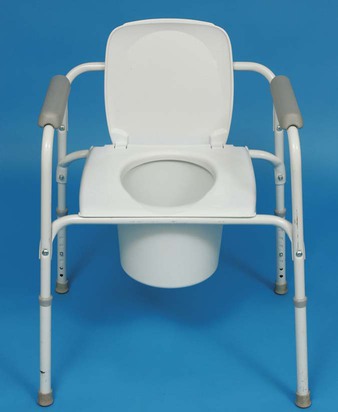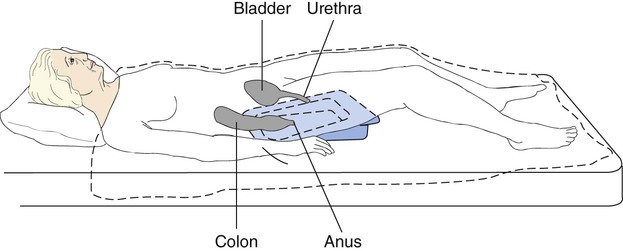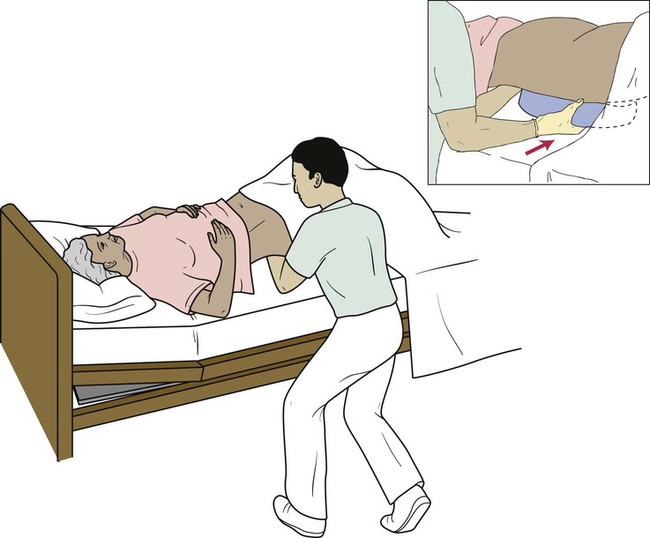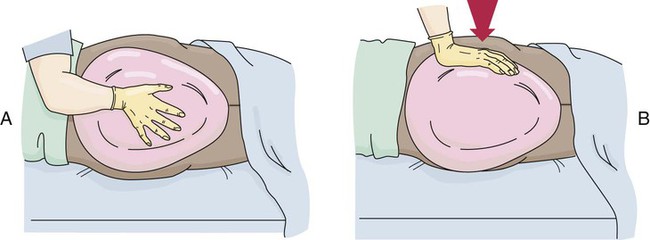• Define the key terms and key abbreviations listed in this chapter. • Describe the rules for normal urination. • Identify the observations to report to the nurse. • Describe urinary incontinence and the care required. • Explain why catheters are used. • Explain how to care for persons with catheters. • Describe the bladder training methods. • Perform the procedures described in this chapter. • Explain how to promote PRIDE in the person, the family, and yourself. See Promoting Safety and Comfort: Assisting With Urinary Elimination. Some persons need help getting to the bathroom. Others use bedpans, urinals, or commodes. Follow the rules in Box 18-1 and the person’s care plan. See Focus on Communication: Normal Urination. Normal urine is pale yellow, straw-colored, or amber (Fig. 18-1). It is clear with no particles. A faint odor is normal. Observe urine for color, clarity, odor, amount, particles, and blood. Ask the nurse to observe urine that looks or smells abnormal. Report these problems. • Dysuria—painful or difficult (dys) urination (uria) • Hematuria—blood (hemat) in the urine (uria) • Nocturia—frequent urination (uria) at night (noc) • Oliguria—scant amount (olig) of urine (uria); less than 500 mL in 24 hours • Polyuria—abnormally large amounts (poly) of urine (uria) • Urinary frequency—voiding at frequent intervals • Urinary incontinence—the involuntary loss or leakage of urine • Urinary retention—the inability to void The standard bedpan is shown in Figure 18-2. The wide rim is placed under the buttocks. A fracture pan has a thin rim. It is only about ½-inch deep at one end (see Fig. 18-2). The smaller end is placed under the buttocks (Fig. 18-3). Fracture pans are used: See Delegation Guidelines: Bedpans. See Promoting Safety and Comfort: Bedpans. See procedure: Giving the Bedpan, p. 274. Men use urinals to void (Fig. 18-7). Plastic urinals have caps and hook-type handles. The urinal hooks to the bed rail within the man’s reach. He stands to use the urinal if possible. Or he sits on the side of the bed or lies in bed to use it. Some men need support when standing. You may have to place and hold the urinal for some men. Some beds may not have bed rails. Follow agency policy for where to place urinals. See Focus on Communication: Urinals. See Delegation Guidelines: Urinals. See Promoting Safety and Comfort: Urinals. See procedure: Giving the Urinal. A commode is a chair or wheelchair with an opening for a container (Fig. 18-8). Persons unable to walk to the bathroom often use commodes. The commode allows a normal position for elimination. The commode arms and back provide support and help prevent falls. See Delegation Guidelines: Commodes, p. 278. See Promoting Safety and Comfort: Commodes, p. 278. See procedure: Helping the Person to the Commode, p. 278.
Assisting With Urinary Elimination
Normal Urination
Observations
![]() Bedpans
Bedpans
![]() Urinals
Urinals
![]() Commodes
Commodes











